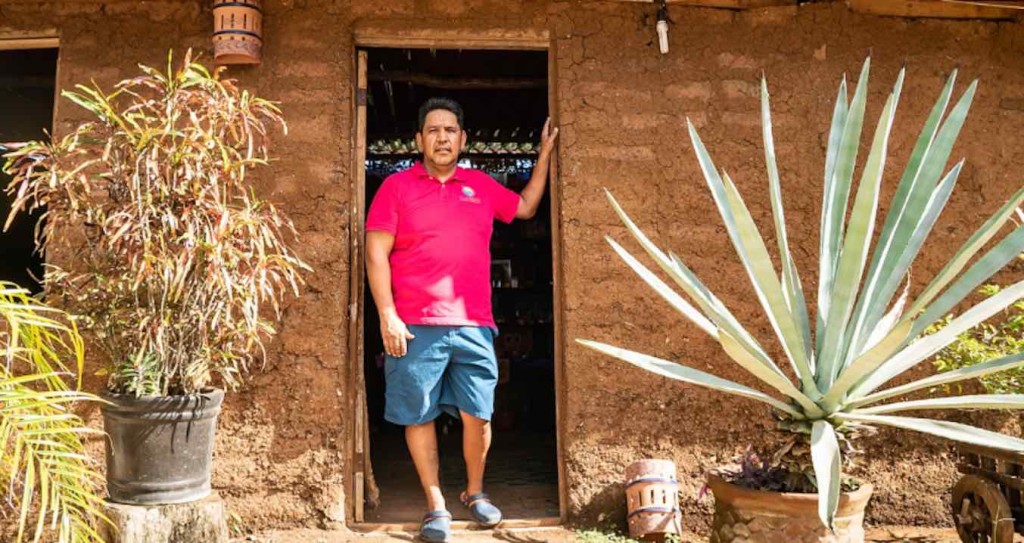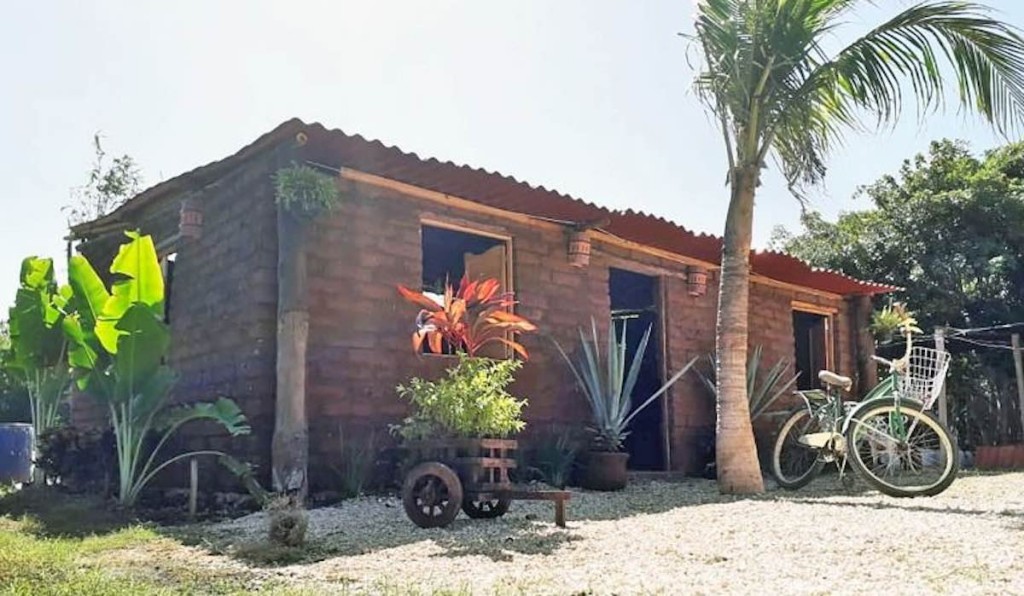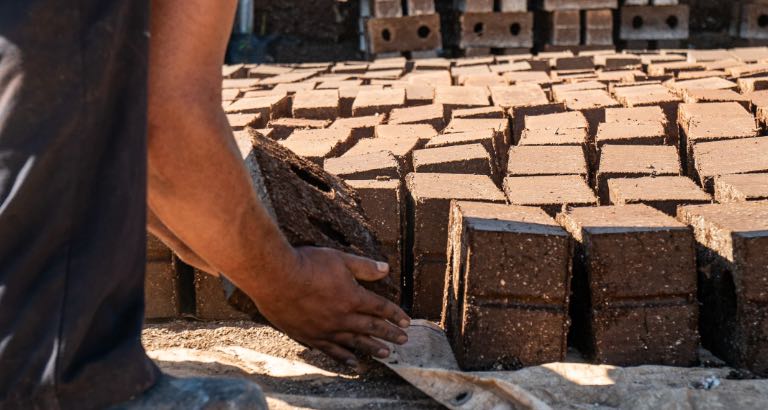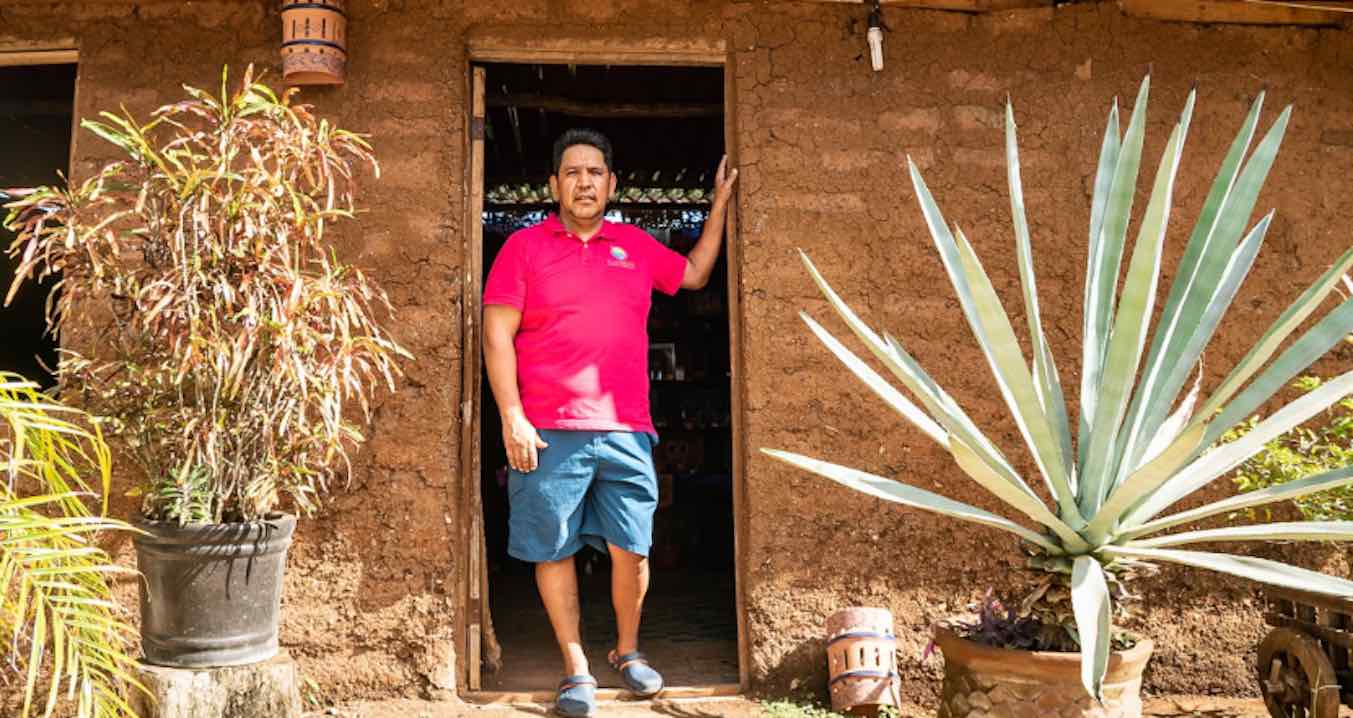
While tourists visiting Mexican beaches complain about piles of smelly seaweed, one Mexican gardener reckoned it was something like a gift.
The governments in places like Cancun have been required to clear away as much as 40,000 tons of sargassum seaweed, which smells like rotten eggs, but Omar de Jesús Vazquez Sánchez is steering it away from the landfills and into a kiln, where he makes adobe-like blocks that pass regulation as a building material.
He started SargaBlock to market the bricks, which are being highlighted by the UN Development Program as a stroke of brilliance, and a sustainable solution to a current environmental problem.
His story begins back in 2015 when, like any experienced laborer, he found rich people were stuck with a job they didn’t want to do. In this case, it was cleaning up the sargassum on the beaches of the Riviera Maya.
Omar grew up in poverty, immigrated to the US as a child to become a day laborer, and eventually dropped out of school and became a substance abuser. The American dream never appealed to him as much as a “Mexican dream”—a mix of memories from his childhood and dreams of being a gardener back home, so he moved back.
His time feeling unwanted as an addict and immigrant gave him a unique perspective on the smelly seaweed.
“When you have problems with drugs or alcohol, you’re viewed as a problem for society. No one wants anything to do with you. They look away,” Omar told Christian Science Monitor in a translated interview.
“When sargassum started arriving, it created a similar reaction. Everyone was complaining, I wanted to mold something good out of something everyone saw as bad.”
MORE SUSTAINABLE BUILDS: One of the Most Beautiful Green Buildings in the World is a Winery
His cleanup crew provided work for 300 families, and it was not long after that he found the sargassum could be used to make blocks. The blocks contain 40% sargassum, and from 2021 to present day, he’s used almost 6,000 tons of the stinky stuff to fire blocks which he’s used to build structures all around the state of Jalisco.

The ecology and environment offices of Quintana Roo, the legislative area that includes the city of Cancun, approved the SargaBlocks for use, and similar organic-based blocks have been reckoned as being capable of enduring 120 years.
The UN Development Program selected Omar’s work to be featured in their Accelerator Lab global broadcast to alert the world of its value and ingenuity.

There are all kinds of naturally-occurring pollutants or burdens that could be used in construction, and the UNDP hoped that by sharing Omar’s vision of the future of the Caribbean’s sargassum problem, it would inspire others to act in similar ways.
MORE SEAWEED SOLUTIONS: Compostable Plastic Wrap Made from Seaweed Can Withstand Heat–and Biodegrade in Weeks
Bricks and cement can be great sources to use up naturally-occurring material that’s dangerous or burdensome—like this Filippino community using the ash from volcanic eruptions to make bricks.
Omar has been fortunate enough to be able to donate 14 “Casas Angelitas,” or homes made of SargaBlock, to families in need, and seems to be exceedingly close to achieving his “Mexican dream.”
WATCH a bit of the story below…
SHARE This Inspiring Human And Ecosystem Story With Your Friends…




















